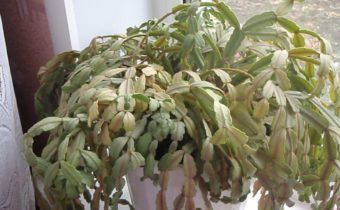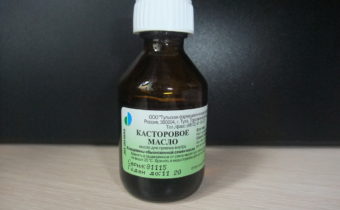Signs and causes of croton bloom
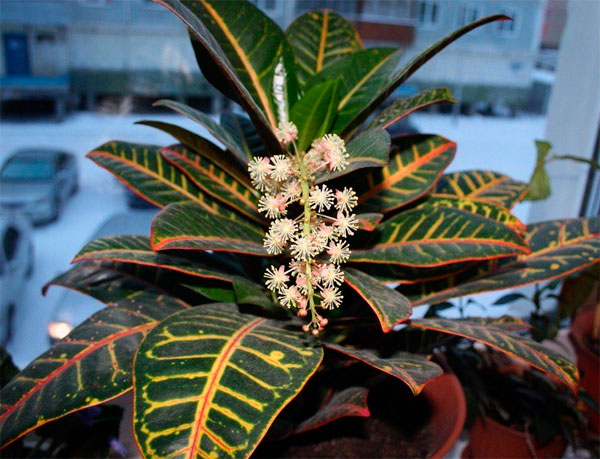
Croton, also known as codiaeum, is a flower from the family of Euphorbia. In nature, the genus combines 14 species of herbaceous perennials, shrubs and trees. However, at home, Croton is predominantly variegated, valued for its decorative foliage. Flowering, which is associated with superstitions and signs, is of no interest because of the inconspicuousness of the inflorescences. In general, with proper and regular care, growing a bright and showy plant is easy, and the result is fascinating.
Signs and superstitions associated with the flowering of croton
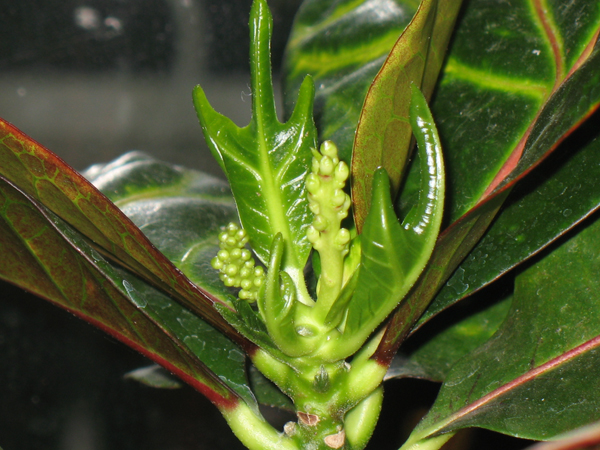
The plant gives prudence to the owner, adding a bit of "reasonable self-confidence." It protects against committing rash acts, which then have to regret. The flower has a beneficial effect on all emotional outbursts; it takes care of the spiritual and physical health of all family members. In the case of depression, croton becomes a source of inexhaustible energy, energizing, and all aggression and apathy leathery leaves are “taken over”.
Despite the fact that Croton is a plant with extraordinarily powerful positive energy, superstition is associated with its flowering: the onset of a flowering phase, in which ordinary-looking inflorescences appear, causes stressful emotional conditions when the atmosphere in the room is saturated with negative. However, there are fewer supporters of this opinion than opponents who consider flowering to be a sign that Croton is ready to emit a powerful charge of energy to help family members harmonize relations.
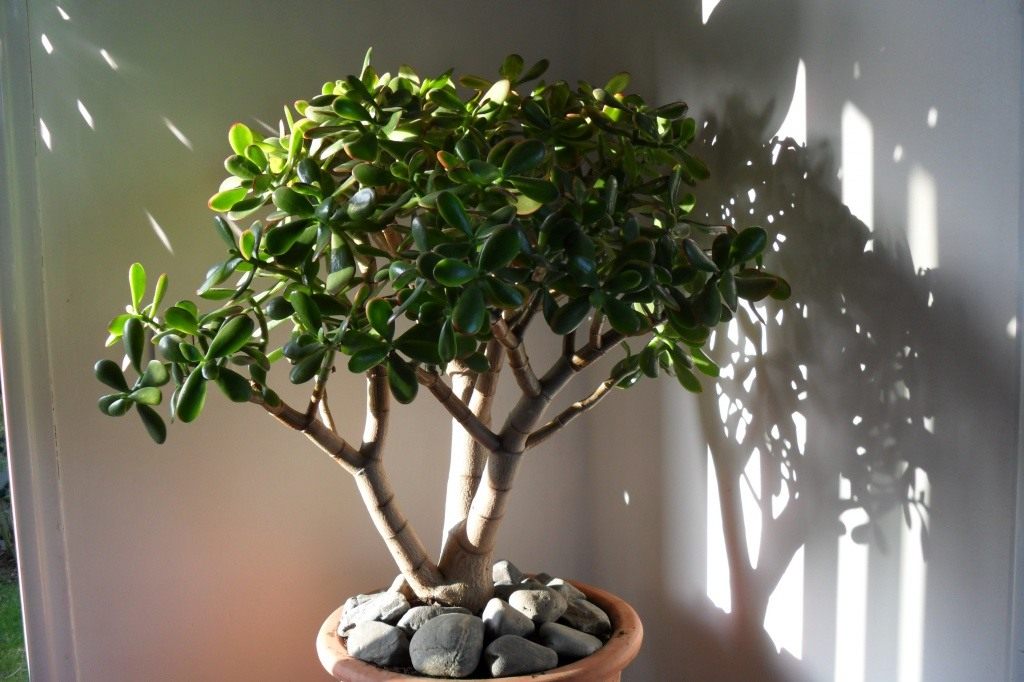
Flowering and factors affecting it
On the basis of the type species, which is most often grown in indoor conditions, many varieties are derived: "Tamara", "Mammi", "Zanzibar", etc. They do not exceed a height of 1 m, often developing to 70 cm. Appreciate them for decorative foliage, which may be lanceolate, linear or oval, be pointed or dull by the end.
When flowering in early March, the female flower spike with nondescript flowers develops, which fall off after a week. In the middle of spring, a male shooter is formed. The flowers on it are stored for about a month, but aesthetically also unattractive. When blooming white-yellow buds can catch a light, pleasant aroma. Since the bloom has no decorative value, but takes away a lot of power from the Croton, the arrows recommend removing.
The main factor influencing the onset of the flowering phase is the abundance of soft sunlight.
Croton Care
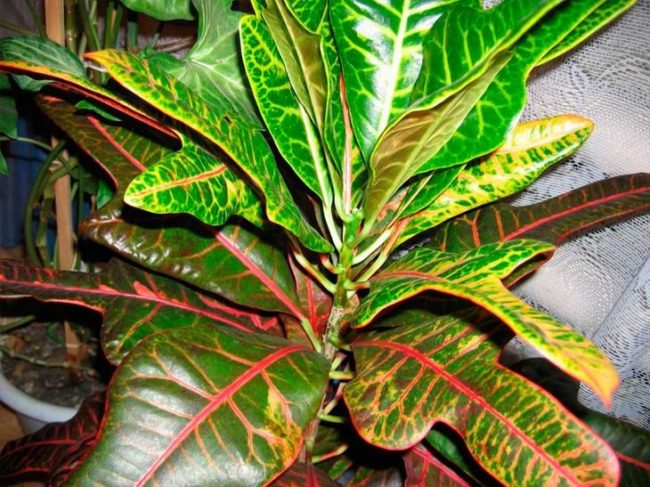
Croton is a light and heat-loving plant. It can be badly affected by drafts. After the codiaeum, it is necessary to arrange appropriate care so that the pattern on the leaves does not fade due to the lack of light, the immunity is strong.
Lighting and temperature
Variegated species need a long light day. Lack of lighting leads to fading of the pattern. However, it is necessary to place the flower near the windows of the south direction with caution: the scorching rays of the midday sun can leave burns on the shoots. It is better to put the plant on the east or west side of the house, organizing the additional lighting in the autumn-winter period.Depending on the season, the thermometer will change the values that are comfortable for Croton:
- 22 ° C in summer;
- 18 ° C in winter.
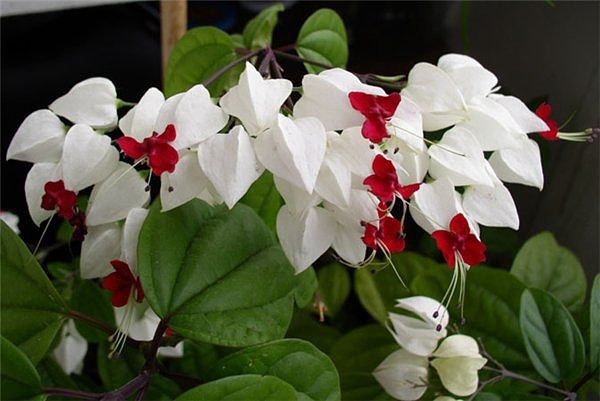
Watering, Humidity and Feeding
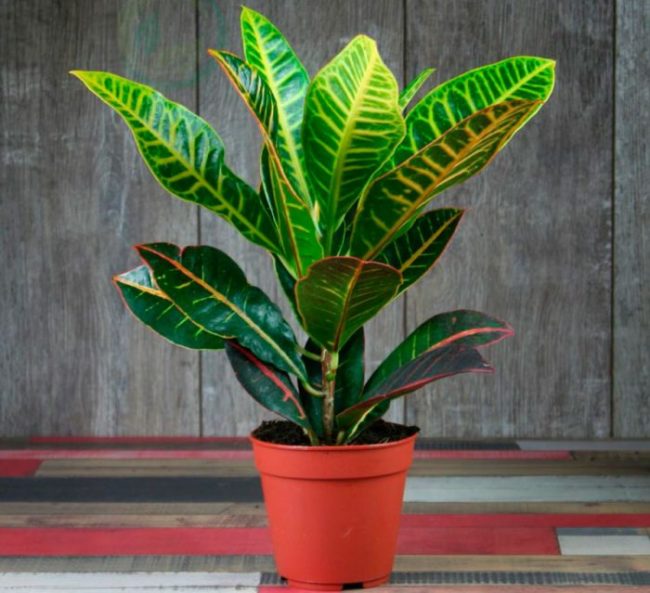
Croton loves water treatments and an increased level of humidity. Watering the substrate immediately after drying the surface layer, so the soil will be constantly wet. Spray shoots daily. If this technique is not enough, especially in winter, when the flower is standing near the heating devices, a container with water is placed next to the pot. Periodically, you can wipe the leaves with a damp sponge, removing the collected dust from them. All procedures are performed with separated, warm water. Feed the plant during the growing season every week. In winter - only once a month. Effectively alternating mineral and organic supplements with halved concentration.
Trimming and transplanting
The plant grows lush, if you periodically pinch it. The first time they do this is when the shoots reach 15 cm. Then the procedure is repeated every 20 cm. Thus, the crown is thick and round. The frequency of transplantation depends on the age of the plant:
- young - every spring;
- grown up - every 3-4 years;
- adult and lush plants - they simply roll over with an old earthy clod, filling the voids with fresh soil.
Pot for growing Croton take small. The optimal composition of the substrate - humus, peat, sand, turf and leaf land in equal parts.
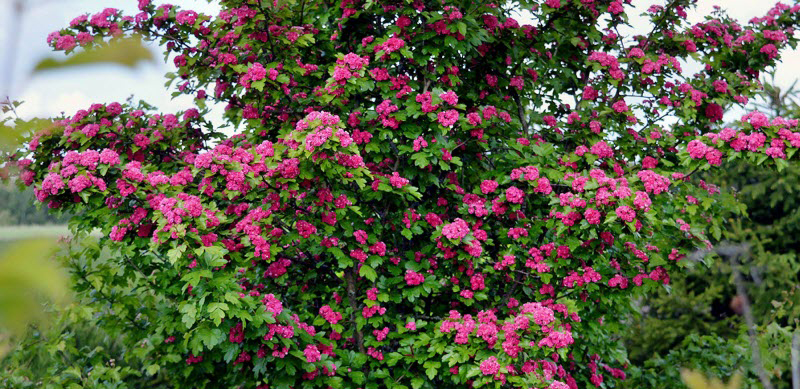
Croton is a powerful energy source, which flower growers appreciate for decorative foliage, not flowering. With standard care, it will delight with multi-colored patterns for many years.



